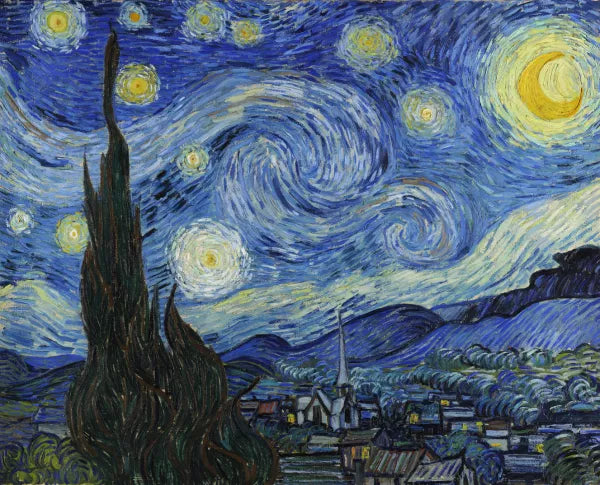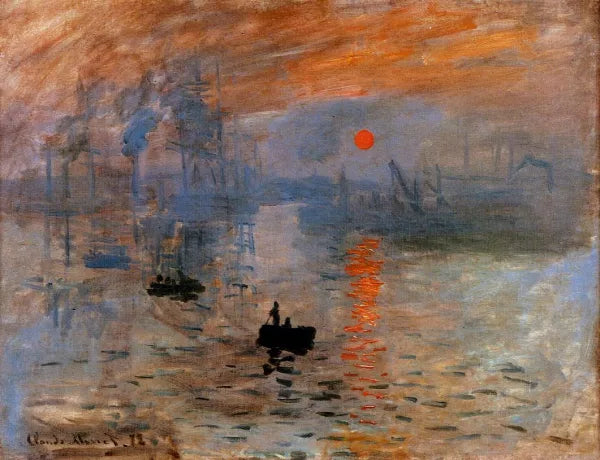In oil painting care, the line between “normal aging” and “real damage” is thin but crucial. A slight yellow tint or faint haze might only be surface grime, but it could also be varnish oxidation—the point where DIY cleaning stops and professional oil painting restoration begins.
How to Differentiate Surface Grime from Yellowed Varnish
At first glance, dirt and aged varnish look similar: both dull the surface and darken colors.
Here’s how to tell them apart:
| Symptom | Likely Cause | Safe Action |
| Uneven, patchy dark spots | Dust or smoke film | Gentle dry dusting (see Cleaning Guide) |
| Even warm-yellow tone across the surface | Aged varnish oxidation | Stop cleaning; consult a conservator |
| Milky haze after humidity | Varnish bloom | Stabilize environment; professional reconditioning |
| Greasy gloss that won’t wipe off | Pollutants bonded to varnish | Document and seek expert assessment |
If you’re unsure, assume varnish—because touching oxidized varnish with DIY methods can push dirt into the pigment layer.
Critical Warning Signs: When to Seek Oil Painting Restoration

Before a painting “fails,” it whispers. Watch for these subtle symptoms:
-
Blooming: Cloudy or foggy haze that appears after humidity changes.
-
Flaking or lifting paint: Visible curling or chips near edges or cracks.
-
Sticky or tacky surface: Varnish softening due to heat or chemical exposure.
-
Cracking and cupping: Paint layer expanding unevenly under unstable humidity.
-
Persistent odor or oily residue: Microbial or environmental contamination.
Any of these mean it’s time to call a professional conservator, not a cleaner.
The Conservation Process: What Professional Restoration Involves
A conservator is not just a cleaner—they’re a restorer, chemist, and art historian in one.
Here’s what happens during a professional oil painting restoration:
-
Condition assessment – analyzing varnish, paint adhesion, and canvas tension.
-
Solvent tests – tiny, controlled tests to identify safe cleaning mixtures.
-
Surface cleaning – lifting grime with reversible, pH-balanced gels.
-
Varnish removal & re-varnish – applying new, archival varnish layers.
-
Stabilization – repairing lifting paint, tightening canvas, retouching losses.
Professional treatment not only restores color and light but also protects for the next fifty years.
How to Document Damage Before Calling a Conservator

Proper documentation helps the conservator understand what changed and when.
Follow these steps before shipping or showing your artwork:
Step-by-Step: Prepare and Record Painting Condition
-
Photograph under daylight: Capture front, sides, and close-ups at slight angles. Avoid flash; use soft indirect light to reveal cracks or sheen changes.
-
Write a short note: Record room temperature, humidity, and any recent events (flood, smoke, moving).
-
Do not attempt to clean: Even dry dusting can worsen loose paint.
-
Store upright in a stable room: Around 18–24°C (65–75°F), 45–55% RH, away from sunlight or vents.
-
Send the report and photos to your conservator: They’ll often diagnose and quote based on the documentation.
Closing Thought
There’s quiet dignity in letting professionals care for what time has aged.
The goal isn’t to erase history, but to preserve brushwork, depth, and tone—the hand of the artist, still visible beneath the varnish.
When in doubt, resist the urge to clean. Observe, document, and let conservation begin where home care ends. When facing real damage, always choose expert oil painting restoration over DIY methods.



